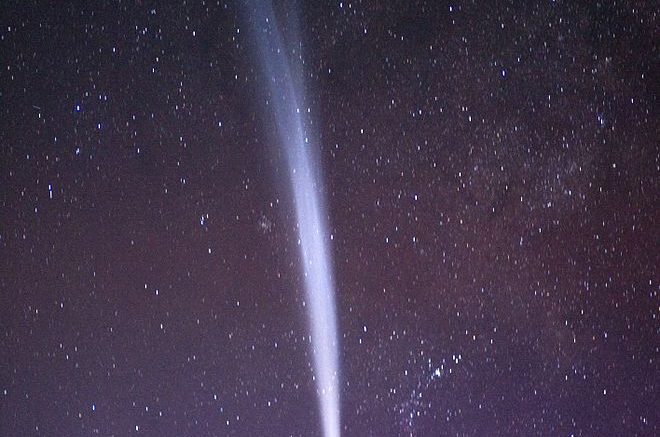Comets, Meteors, and Asteroids are all distinctly different, but they all have some elements in common. We will not be trying to tell the difference the complete difference between the three, but wanted to show the relationship between a comet, meteor, and an asteroid.
Comet
NASA has defined comets as, “cosmic snowballs of frozen gases, rock and dust that orbit the Sun. When frozen, they are the size of a small town. When a comet’s orbit brings it close to the Sun, it heats up and spews dust and gases into a giant glowing head larger than most planets. The dust and gases form a tail that stretches away from the Sun for millions of miles. There are likely billions of comets orbiting our Sun in the Kuiper Belt and even more distant Oort Cloud. The current number of known comets is: 3,586”
Meteor
Significantly smaller than an asteroid, a meteor, otherwise known as a meteoroid, range in size from small grains to one-meter-wide objects. Objects smaller than this are classified as micrometeoroids or space dust. Most are fragments from comets or asteroids, whereas others are collision impact debris ejected from bodies such as the Moon or Mars.
Asteroid
NASA defines the topic of an asteroid as the following. “Asteroids are small, rocky objects that orbit the Sun. Although asteroids orbit the Sun like planets, they are much smaller than planets.” Moveover, asteroids come in a variety of shapes and sizes, which allows scientists to study them to learn things such as age of the solar system. It is known that asteroids vary in composition; therefore, if properly utilized and mined, meteors can provide resources equal to or greater than the resource quantity on Earth.
If you’re curious about viewing meteor showers, check out our awesome article on the subject.

Leave a comment